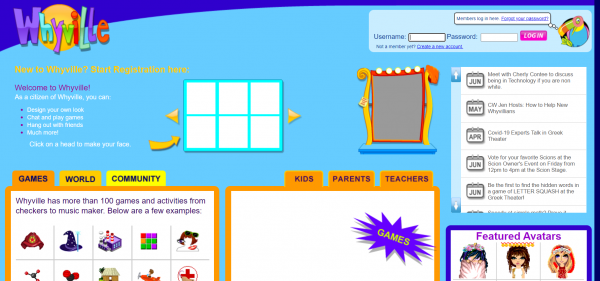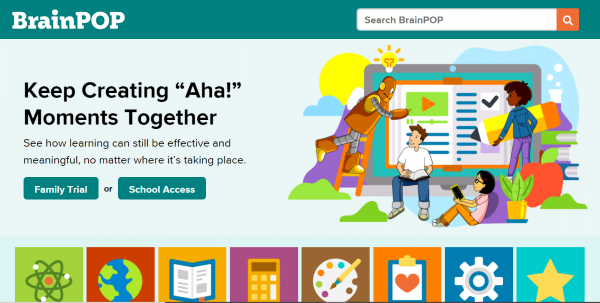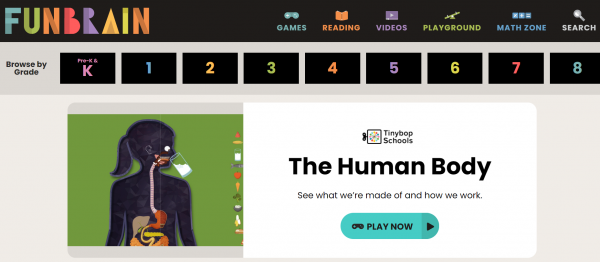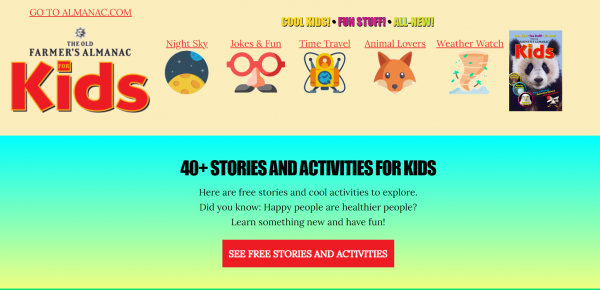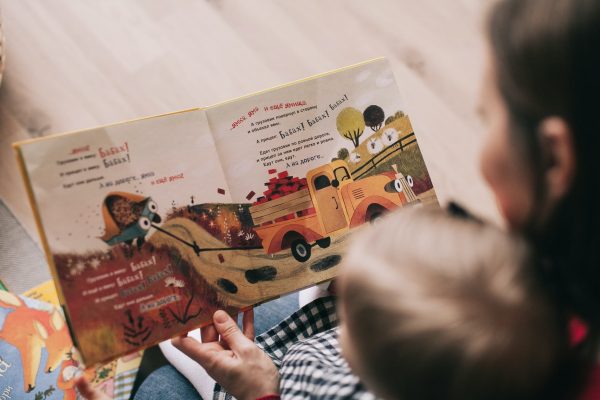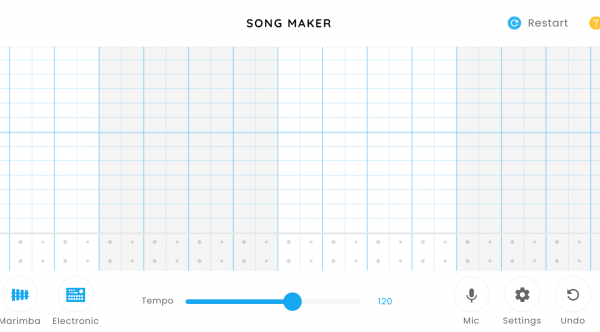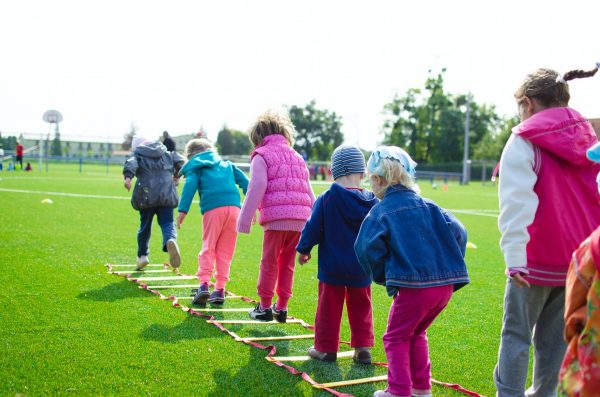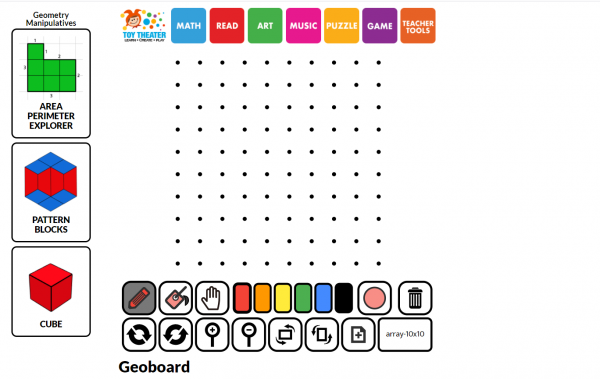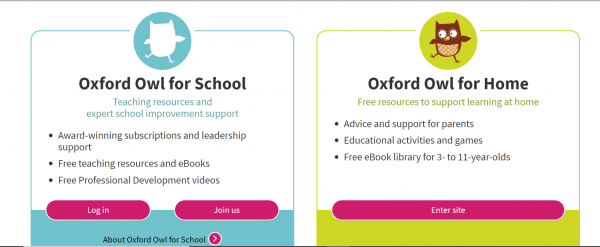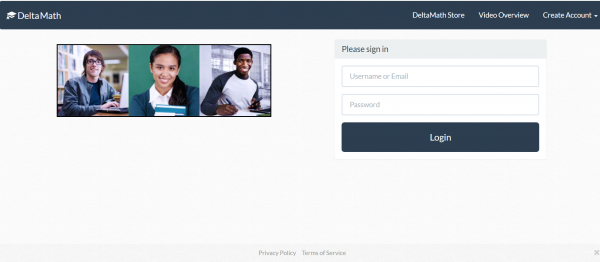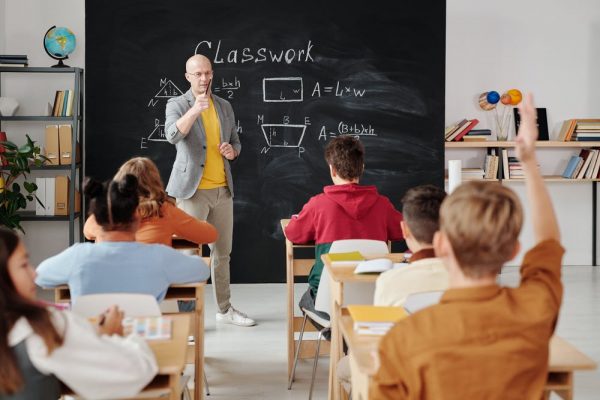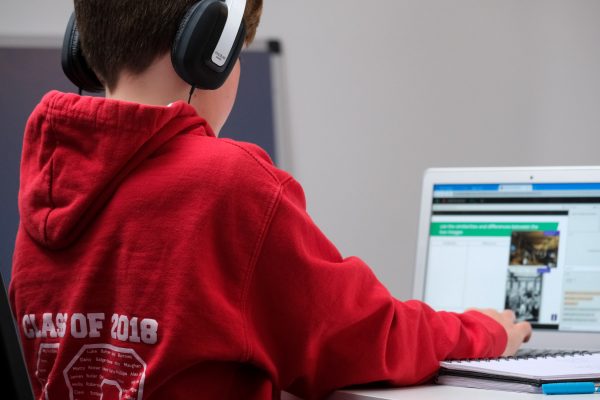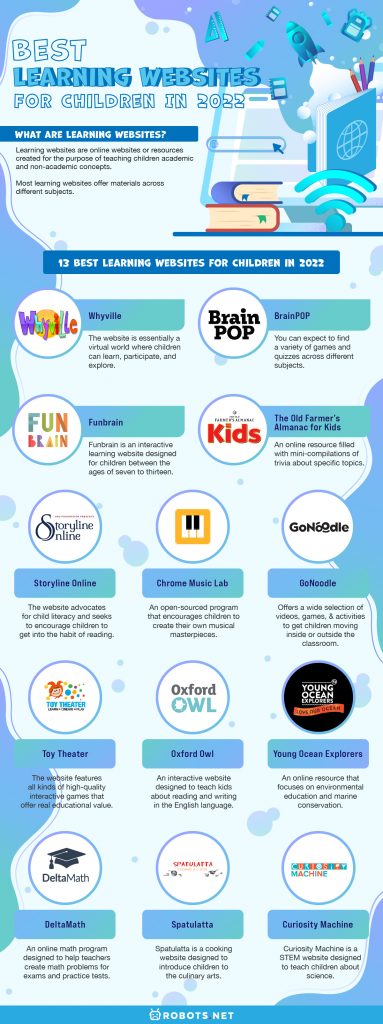Most schools also rely on learning applications to some degree to demonstrate difficult concepts. Most children are not yet accustomed to the idea of reading books, so using colorful pages and animations can make things much easier for them. Allow us to present some of the best learning sites to make learning fun and exciting for your kids.
What are Learning Websites?
Learning websites are online websites or resources created for the purpose of teaching children academic and non-academic concepts. The number of learning websites available on the internet is increasing, and each of them caters to different age groups with varying learning needs and interests. The websites store large collections of informative materials specially designed for children. Most of them use engaging tools like colorful characters, animation, and drawings. Learning apps are particularly useful for children who are homeschooled. However, they are also great for supplementing the regular curriculum of children who attend school normally. Most children have yet to learn how to read books, so most educators rely on visual information for teaching for that particular age range. Even parents are now turning to learning websites to supplement their children’s basic curriculum. It’s also a great way to introduce children to computer literacy, which is a vital life skill in the 21st century. Most learning websites offer materials across different subjects. On the other hand, there are plenty of websites that specialize in a particular subject (i.e. Science, Math, or English). Most learning websites are freely accessible over the internet. Meanwhile, other learning websites offer services and in-depth resources that require monthly subscription fees. State-assigned institutions are also monitoring most learning websites to ensure that their content meets the government’s safety and educational standards.
13 Best Learning Websites for Children in 2021
Online learning is slowly regaining traction in the education sector, and it looks like it’s here to stay. There is a wide selection of learning websites available in the market, but these websites differ in terms of focus, presentation, and content quality. Whether you’re new to online learning or have been doing it for years, it’s always great to have new options to help your children learn new concepts. We’ve compiled a list of the best and most trusted learning apps to help your children study the subjects that they need. And speaking of learning new things, even parents and educators can take up courses to improve their skill sets. EdX offers a wide variety of university-level courses that are entirely based online. There’s also a variety of language learning software that will have you speaking in a new language in just a short period of time.
1. Whyville
Whyville is an interactive gaming website designed for children between the third and eighth grades. The website is essentially a virtual world where children can learn, participate, and explore. The website offers a wide variety of interactive games across various subjects such as math, history, and more. They also offer cognitively challenging games designed to develop children’s critical thinking. For example, one game makes kids check the genetic makeup of embryos inside dragon eggs to determine the characteristics the baby dragon will have. Children can also explore possible careers, “work” to earn clams, manage their earnings, set up a household, care for pets, engage in government, and more. Kids are free to try out different roles and report on their experiences. The only disadvantage is that game quality tends to vary from game to game. Parents will have to discern the best games that would work best for their children. Go to site
2. BrainPOP
BrainPOP is an educational website intended to make learning fun for kids. There’s plenty of high-quality animated videos that explain everything from how photosynthesis works to the different branches of the U.S. government. Their videos are notable not only for the quality of the graphics but also for the presentation’s professional manner. It’s evident that the videos have been done professionally, and even adults can learn a thing or two from these. The videos present on this site have two characters — Tim and Moby — who make the shows entertaining and relatable to young audiences. Like most learning websites, you can expect to find a variety of games and quizzes across different subjects. Users need to have a subscription for full access, although the website offers some of the content for free. The website offers a separate subscription for family use and another for school use. Go to site
3. Funbrain
Funbrain is an interactive learning website designed for children between the ages of seven to thirteen. The site mainly features short but creative games on different subjects. The website divides the games into categories including reading, math, science, etc. The website sorts the games according to the topic, type, and grade level. A typical game would present a fictional storyline and instructions for playing the game. Correct answers will help move the story forward. Users can read its books and stories to develop reading comprehension. There’s also a special section intended for preschoolers to help them learn basic keyboard and mouse skills with the help of their parents. The website is completely free to use, but you will encounter a number of advertisements. You can also check out this list of the best online board games that can help your children develop critical thinking and problem-solving skills. Go to site
4. The Old Farmer’s Almanac for Kids
The Old Farmer’s Almanac for Kids is an online resource filled with mini-compilations of trivia about specific topics. The main website divides the topics into categories that are most interesting to kids: astronomy, jokes and fun, history, animals, and weather. Since this is an almanac website, expect to find dates and timelines about these topics everywhere. The main page features helpful trivia, such as monthly history highlights or the phases of the month for the incoming month. There’s also a daily calendar that will help kids learn about historical and cultural events that took place on that particular day. Explore the site to find PDF compilations or snippets of facts or trivia on different topics. The websites offer up these snippets as a preview of their official publication. You can download the snippets for free or purchase the full edition through the website. Go to site
5. Storyline Online
Storyline Online is a literacy website created by the Screen Actors Guild Foundation (SAG-AFTRA). The website advocates for child literacy and seeks to encourage children to get into the habit of reading. It features videos of actors reading stories from published children’s books alongside produced illustrations. Celebrities like Jimmy Fallon, Jennifer Garner, and Kristen Bell have been featured on the website. It’s also a great alternative to storytime for kids with unavailable parents. Parents can simply give children a pair of earphones, log into the website, and let these virtual storytellers take over storytime while you’re working on something else. Of course, it’s not advisable to use the website as a complete substitute for bonding with your children, but it can help when you are swimming in work commitments. The books come with age recommendations and activity guides to test reading comprehension. The website subtitles all videos, which helps reinforce the importance of reading among kids. Go to site
6. Chrome Music Lab
Chrome Music Lab is an open-sourced program that encourages children to create their own musical masterpieces. It currently features 13 experiments with various objectives. The experiments each have their own objective, whether it be to learn rhythms, learn a chord, or write melodies using representative notes. The program takes an inclusive and non-intimidating approach to music as users don’t need to have prior knowledge about musical notes. In lieu of musical notes, the program uses blocks and colors to represent different notes and pitches. In many of the experiments, the software offers the user a selection of instruments and provides controls to allow the user to create music through visualization. Other users can edit finished pieces that you’ve created, and you can invite your friends to improve upon your piece and you with theirs. The website also supports direct uploading to social media websites for finished pieces. Go to site
7. GoNoodle
GoNoodle is an online resource designed to encourage physical activity among children. The website offers a wide selection of videos, games, and activities to get children moving inside or outside the classroom. The videos have a duration of anywhere between five to ten minutes. This is just about the right duration most teachers need to energize students before a lesson. The most striking aspect of the software is the variety of activities that children can participate in. Everything from dance videos to yoga to Wii Sports-type games is available. Most of them require movement of hands and feet. Since the site lacks the interactivity features of a game system, the games will require a leader to get the class going and to check if everyone is participating. The website gives users who opt for the subscription to create their own interactive or competitive games. Go to site
8. Toy Theater
Toy Theater is an online resource for short, interactive games for children ages four to ten. The website features all kinds of high-quality interactive games that offer real educational value. The website divides games into a variety of subjects, including music, art, math, and literacy. Besides games that help children learn more about particular subjects, the website also offers specialized games for spatial reasoning, memory, deduction, persistence, and more. Examples include the traditional picture puzzles in varying levels of difficulty, memory games, and pattern recognition games. The website offers a very simple user interface littered with descriptive buttons that even kids can’t miss. Users can access the website for free, and they don’t impose a sign-in policy to begin accessing games. Go to site
9. Oxford Owl
Oxford Owl is an interactive website designed to teach kids about reading and writing in the English language. The website makes use of a unique learning assistant software called Pathways. The software follows a systematic learning method that focuses on diagnosing areas where the child struggles the most. Pathways take a diagnostics test then generates customized action plans. The software then directs students to online resources within the site to help them work through areas of difficulty they may avoid. Go to site
10. Young Ocean Explorers
Young Ocean Explorers is an online resource that focuses on environmental education and marine conservation. The website features a wide variety of high-quality videos that teach children about marine life’s beauty and diversity. The website also tackles serious environmental issues like marine life endangerment, water pollution, overfishing, and other marine-related issues head-on. There’s also plenty of documentation on environmentalists doing what they can to save the environment. The website also offers helpful environmentally-friendly tips that both children and adults can follow. It makes use of a combination of informative and advocacy-related materials to foster among children a sense of responsibility and concern towards marine life. A father-daughter tandem presents the videos with equal passion and training in marine conservation. The website makes sure that all videos are well-made and facts-based. It’s almost as if you can mistake the videos for documentaries on National Geographic. Go to site
11. DeltaMath
DeltaMath is an online math program designed to help teachers create math problems for exams and practice tests. The website features over 1,200 different topics. Each topic consists of hundreds of randomly generated problems that are classified further into varying levels of difficulty. Most of the questions generated are multiple-choice or short answer, and the site automatically grades responses. Some questions allow students to move numbers and variables around to solve equations. The software can generate unique problem sets for exams and practice problems for students. If a student gets the wrong answer on a practice problem, the software will show them a breakdown of the solution or animation of how the answer was derived. As for interactive questions, the software will provide hints as the user moves numbers and variables around. If your children love math, have them check out the best sites to play cool math games. Go to site
12. Spatulatta
Spatulatta is a cooking website designed to introduce children to the culinary arts. The website aims to teach children basic cooking skills using easy to follow recipes with simple ingredients. You can find recipes for every meal of the day, including breakfast, lunch, and dinner. And of course, there’s a section on children’s all-time favorite desserts and drinks. The website gets recipes from different countries and cultures. The recipes for desserts and drinks make use of fruits and vegetables instead of artificial sugars to encourage healthier eating habits among kids. There’s also a variety of vegetarian recipes to help children overcome their fear of leafy greens. The Gerasole sisters (aged 9 to 11) demonstrate the recipes to provide assurance that kids can do them. Spatulatta is designed for children between the ages of eight to fourteen, but adults are always welcome to join. Go to site
13. Curiosity Machine
Curiosity Machine is a STEM website designed to teach children about science. The website contains a library of fun, watered-down, kid-friendly experiments in various categories such as engineering, artificial intelligence, and more. Examples of experiments include building an edible skyscraper using frosting and marshmallow fluff or designing a makeshift aircraft using playing cards. The experiment pages come with complete sets of instructions that children can follow. They also contain animated videos about the real-life inventions that inspired the projects on the site. However, you would need to have an existing account to access the experiment pages. The experiments’ objective is less about the technicalities of the projects than it is about teaching children to develop their critical thinking skills and ability to follow instructions. It’s also a great way to encourage children to pursue careers in the field, often suffering from a shortage in manpower. Go to site
Children are Visual Learners
There is a wide range of scientific literature that focuses on the learning and development of children. The studies follow a pattern, and that pattern points to the fact that children learn in a different manner than adults. The most striking distinction is the fact that children are visually wired. Almost half of their brain is involved in visual processing, while 70 percent of their sensory receptors are in their eyes. Having said that, it makes sense to use visual aids and combination-type materials to facilitate learning. There are a wide variety of learning styles, but perhaps the most prominent is visual learning. Visual learners are people who like to be shown things in order to understand information easier. These are people who love picture books, maps, and diagrams that demonstrate things instead of describing them. There’s also the consideration of the complexity of the subject matter being taught. Some subjects—especially those belonging to STEM (science, technology, engineering, and math)—require visual demonstrations and hands-on tools to be understood. Learning websites offer the perfect platform for automated demonstrations on these topics.
Benefits of Learning Websites for Teaching
Children nowadays are prone to sensory overload due to a large number of distractions available to them. The availability of multiple devices such as computers, television, music players, gaming consoles, and others makes them susceptible to losing focus quickly. This statement may be more true today than ever before, and it can have adverse consequences. With this in mind, using visually engaging materials may help children to focus better on more important things that they need to learn. The websites also provide a place where they can feel confident and motivated about their abilities. Children normally feel intimated by tasks they perceive as difficult. This is why learning websites are careful to present information using methods that children can relate to. There may also be psychological benefits to using visual materials in teaching. Their engaging nature may help reduce anxiety and resistance to change among children. They may also reduce feelings of isolation among children with learning disabilities or challenging behaviors. Using visually engaging materials may also help the children develop the ability to focus long enough to absorb the necessary information. But the most crucial benefit is that they can help develop motivation and understanding which are equally important for learning transitions.
Final Thoughts on the Best Learning Websites for Children
The gift of knowledge is one of the most important things that any parent can give to their child. An increasing number of schools and parents are now turning to the internet for excellent tools to help their children learn. It’s not about using the computer or tablet as a replacement for a babysitter, even though that may be a valid reason at times. At the heart of the issue are two primary considerations: the desire to introduce children to the value of technology and the desire to teach them things that they can’t learn in school. By introducing children to the use of modern technology, we are setting the stage for them to develop computer literacy skills which are crucial to their development. Lastly, learning websites just might help to inculcate in children a positive and persevering attitude towards learning that will eventually turn them into life-long learners.


